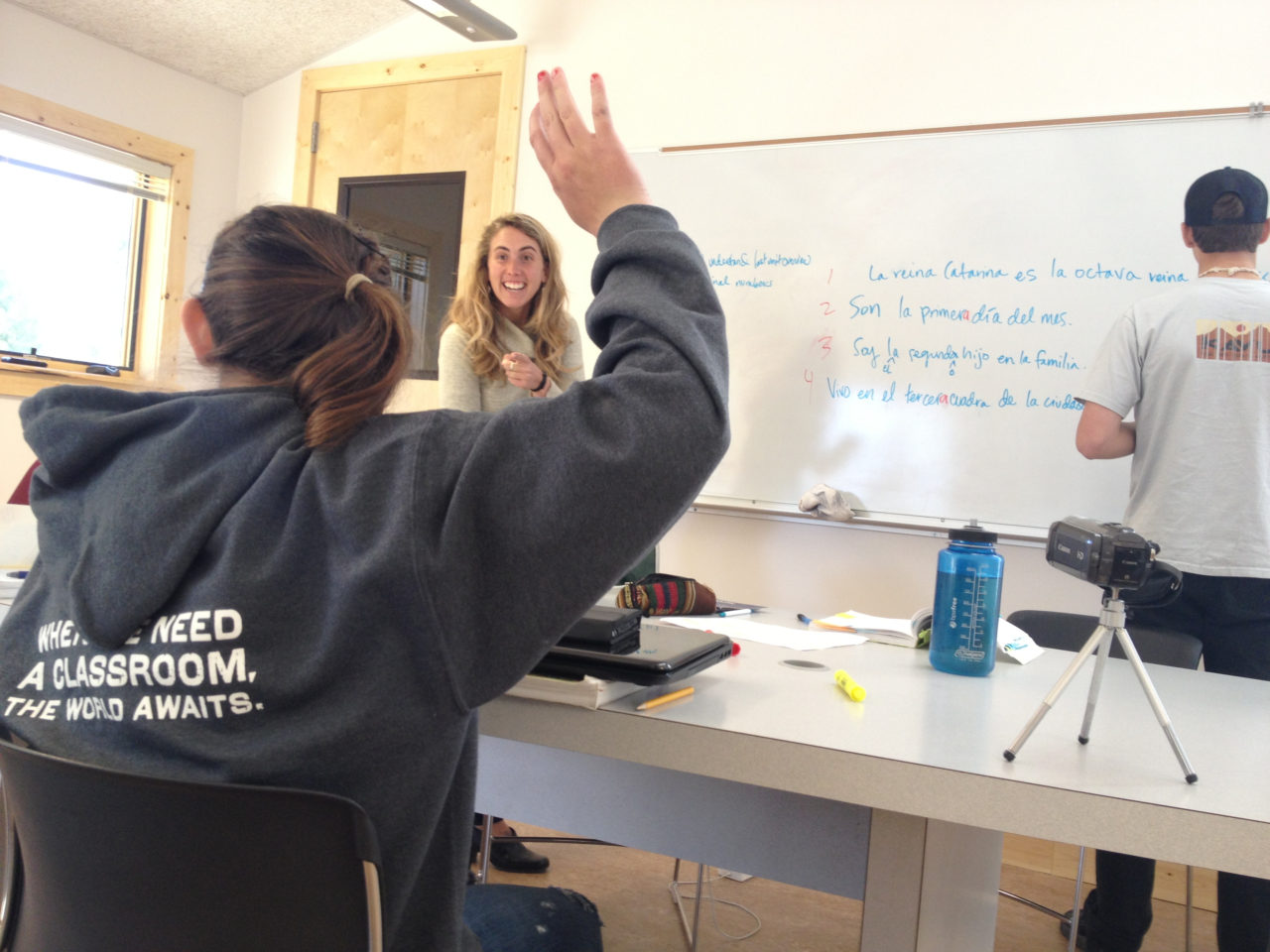No-Doze Leadership Styles
As the Capstone Leadership Teacher, one of the most rewarding parts of my job is the in-depth discussions and new ideas students share with me on a daily basis. Last Thursday, we introduced the No-Doze Leadership Styles, an exercise borrowed from the National Outdoor Leadership School that describes different approaches to leadership based on the degree to which an individual emotes and voices opinions in a group setting. The exercise describes leaders by four categories: relationship masters (those that emphasize caring), analysts/architects (those that emphasize analysis and conceptual functions), spontaneous motivators (those that emphasize emotional stimulation), and drivers (those that emphasize action and directing).

No-Doze is a classic activity in outdoor circles because it helps students pinpoint strengths and areas for improvement, as well as acknowledges and values often overlooked leadership functions like interpersonal connection. This semester, students used the exercise to better understand how the group functioned over the recent Patagonia Expeditions. One student, who identified as a spontaneous motivator, reflected that she was often the bringer of the psyche in our group, but that she sometimes misread the needs of more subdued peers. Another student, who identified as an analyst/architect, felt validated in her ability to step back from the group and think critically about the bigger picture.
Students also used the exercise to critique the way that our society values leaders. When asked which categories famous leaders fall into, students noted that we often categorize male figures as fulfilling driver functions: acting and directing, at the expense of emotional connection. On the other hand, female leaders are often valued for their ability to connect on an interpersonal level but derided (e.g. called “bossy”) when they embody driver functions like direct delegation.
Of course, this exercise is far from perfect. Many classes pointed out that categorizing people into four different roles can make individuals seem fixed in their approach to leadership. However, the exercise ultimately serves as a mirror for students to conceptualize their own approach to leadership, and better understand what role they play in a group setting–at the Alzar School or afterword.

